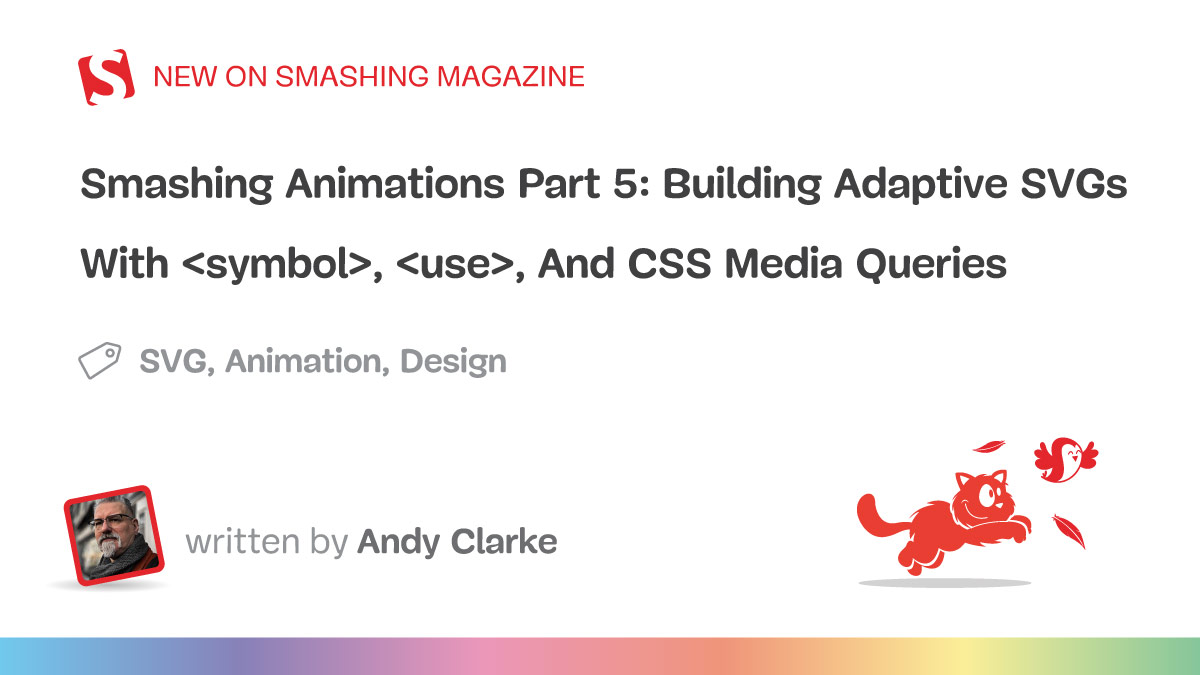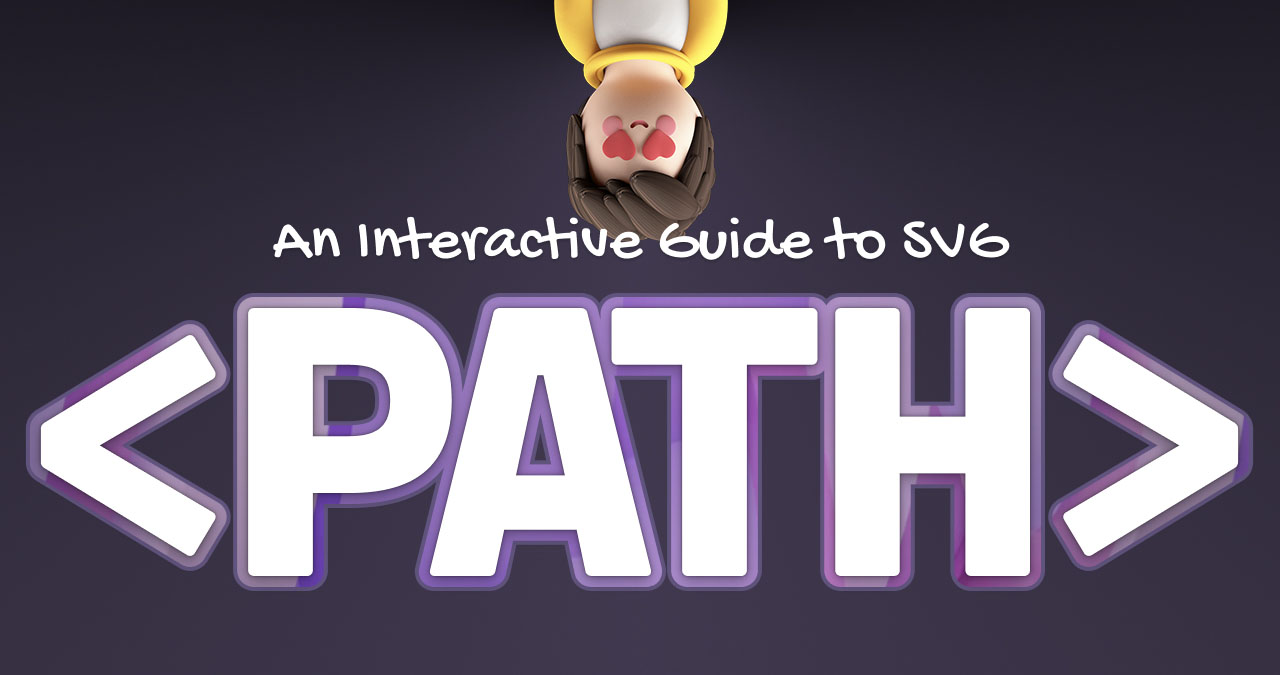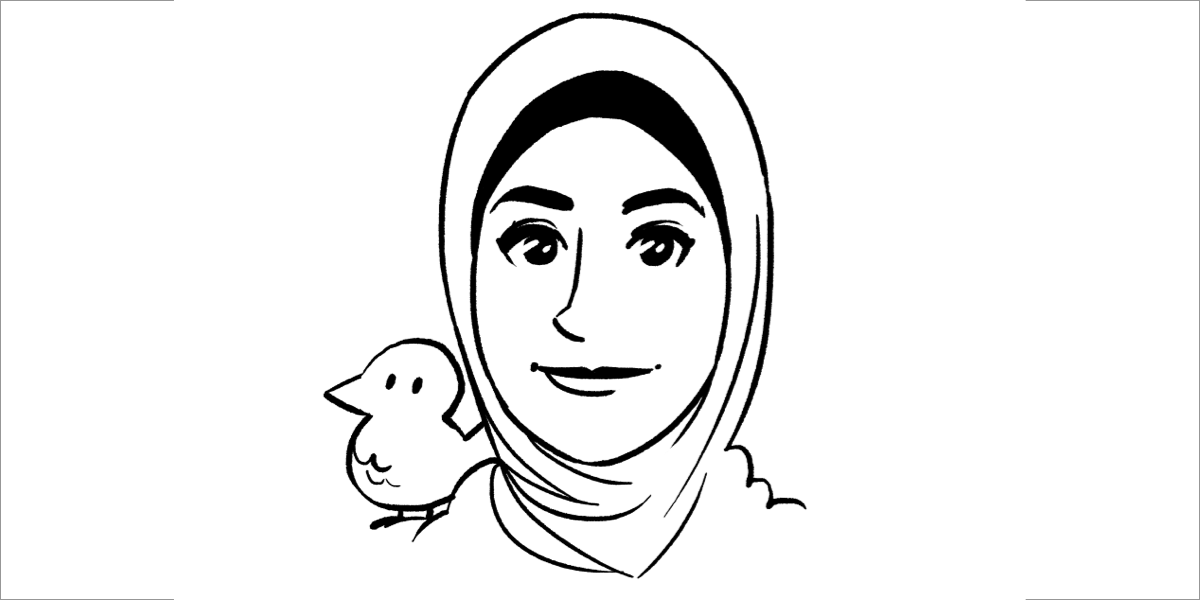Web design
Web design
[ follow ]
#css #user-experience #responsive-design #accessibility #layout #svg #branding #typography #web-accessibility
fromItsnicethat
3 weeks agoPerfectly Imperfect is the 'social magazine' (and nerd's paradise) remodelling the online sphere
Tyler rejects the homogenisation of web design and decided to swerve Perfectly Imperfect into a lane of its own, inspired by the early internet aesthetics of "solid but saturated colours, lack of texture, MS Paint-style airbrushing, and a singular broadcast-style aesthetic", Brent David Freaney tells us. Brent's studio Special Offer collaborated with Tyler to bring the best parts of early internet's visuality, whilst still creating something that belongs in 2025.
Web design
fromSmashing Magazine
1 month agoAmbient Animations In Web Design: Principles And Implementation (Part 1) - Smashing Magazine
Creating motion can be tricky. Too much and it's distracting. Too little and a design feels flat. Ambient animations are the middle ground - subtle, slow-moving details that add atmosphere without stealing the show. Unlike timeline-based animations, which tell stories across a sequence of events, or interaction animations that are triggered when someone touches something, ambient animations are the kind of passive movements you might not notice at first. But, they make a design look alive in subtle ways.
Web design
fromBitcoin Magazine
1 month agoA Response To Sir Tim Berners-Lee: We Can Fix The Web Without Regulation
I agree with Berners-Lee's diagnosis. But regulation is not the cure. The web's decline is not merely a design failure; it is also an economic one. Design choices follow incentives, and those incentives have been distorted by fiat money and the advertising model it props up. Cheap credit from the fiat-fuelled venture capital system pushed Silicon Valley away from hacker-led engineering and toward surveillance-driven profit extraction.
Web design
Web design
fromItsnicethat
1 month agoPutting some soul into tech: The Tiny Awards finalists reveal the weird, wonderful and political side of the internet
Tiny Awards celebrates independent, handmade URL-based web projects, honoring small creative internet experiments often overlooked by mainstream awards.
Web design
fromLogRocket Blog
1 month agoI tried Google Stitch. Here's what I loved (and hated) about it - LogRocket Blog
Google Stitch transforms simple prompts, sketches, or wireframes into editable high-fidelity UI designs with Figma export and HTML/CSS output, accelerating ideation but with export limitations.
fromCreative Bloq
2 months agoWhat we can learn from Taylor Swift's web design mistakes
While orange and green might make a fetching palette, it spells bad news for accessibility, meaning there's much to be learned from Ms Swift's design flaw. You can employ the best designers or opt for the best website builder, but without accessibility at the forefront of your design, you risk alienating a huge audience. By today's standards, aesthetics and accessibility need to work in tandem, and sadly, Taylor's website misses the mark.
Web design
Web design
fromLondon Business News | Londonlovesbusiness.com
2 months agoCreating compelling digital experiences: The art of web design in Manchester - London Business News | Londonlovesbusiness.com
Exceptional web design in Manchester must capture attention, build trust, and create digital experiences that drive conversions while reflecting diverse local industries and consumer expectations.
fromCSS-Tricks
2 months agoGetting Creative With Images in Long-Form Content | CSS-Tricks
Images in long-form content can (and often should) do more than illustrate. They can shape how people navigate, engage with, and interpret what they're reading. They help set the pace, influence how readers feel, and add character that words alone can't always convey. So, how do you use images to add personality, rhythm, and even surprise someone along the way? Here's how I do it.
Web design
fromCreative Bloq
2 months agoWe need to talk about the design of Taylor Swift's new website
I never thought I'd write a piece criticising Taylor Swift. I've been a devoted fan since becoming enraptured by her Eras Tour movie. And while my musical tastes normally veer towards post-rock, punk and metal, her pandemic opuses Evermore and Folklore reached parts of my heart I never knew pop could touch. So I genuinely believed Taylor could do no wrong. But unfortunately, her latest website is a masterclass in how not to design for inclusion.
Web design
fromFrontendmasters
2 months agoWeb Design: What is the web capable of that is hard to express in design software?
At some point, I think all web designers circle around to the thought that if design software was only more like the web itself that it would be better for it. We would gain efficiency in that there may not need be much translation at all between design and the finished product. Time and quality suffer during the translation required now.
Web design
[ Load more ]






